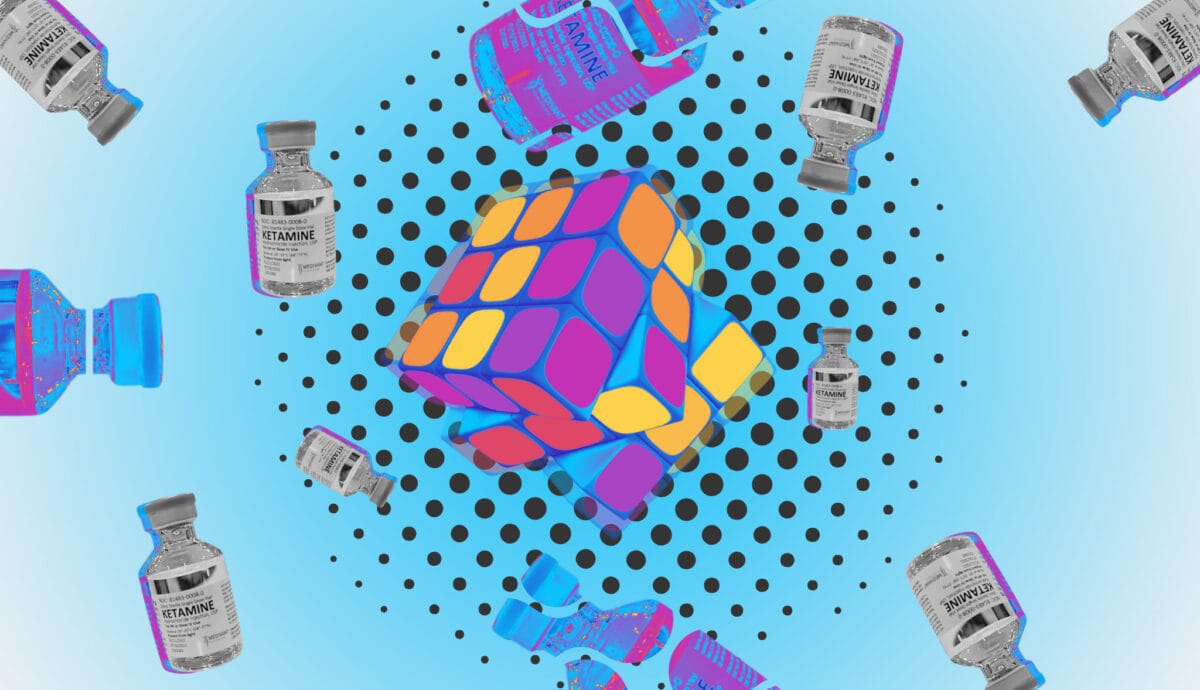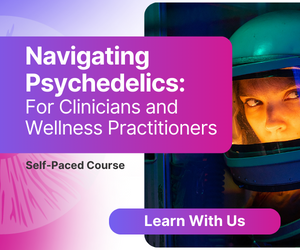What if there was a potentially life-saving drug that could relieve depression and PTSD but also, potentially, force frequent users to rush to the toilet every 15 minutes?
Well, it does exist. It’s ketamine, the most rapid-acting antidepressant in use today.
The drug has morphed in popular consciousness in just half a century from legal anesthetic, to dissociative dancefloor sniffing powder, to FDA-approved depression treatment, to addictive bladder-buster. Like heroin and cocaine, ketamine has much-needed medical uses – but it can be dangerous if abused. Rising problematic recreational use and calls from industry for greater professional accountability in therapeutic settings is showing that ketamine can be fun, restorative, and even addictive. In some cases, all at the same time.
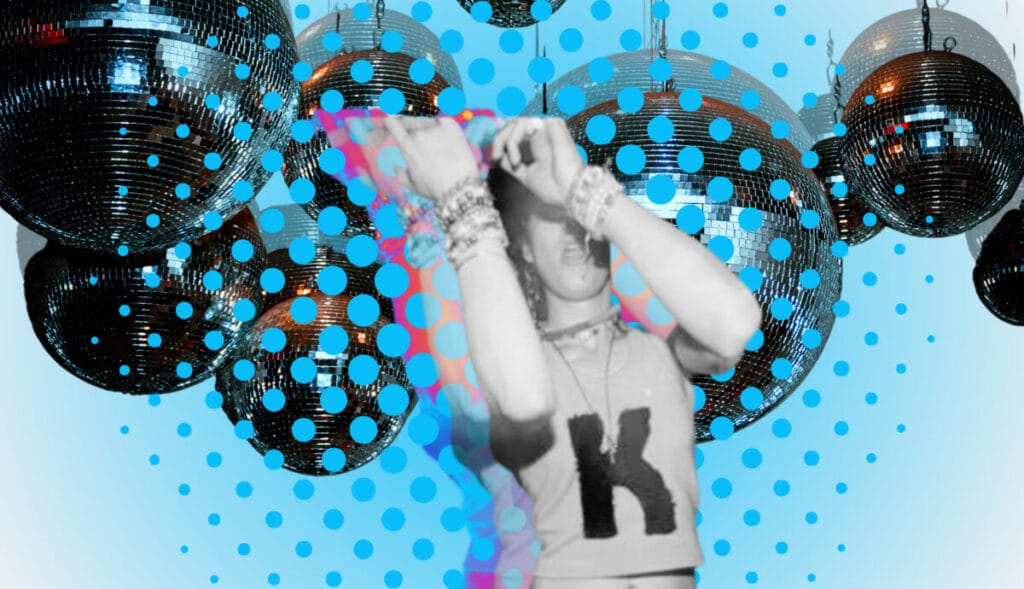
The Ascension of Ketamine in Medicine and Culture
The commonly used anesthetic, in clinical use since 1970, was never placed under the strictest of legal controls like other drugs – partly since recreational ketamine use did not emerge until the 1990s and was rarely demonized. This enabled ketamine-assisted mental health treatment to become the first psychedelic available in therapy form, while in 2019 the FDA approved a ketamine nasal spray named Spravato for depression.
While its therapeutic usage has taken off, recreational consumption has seemingly followed suit.
“Recreational ketamine use has almost tripled over the last decade,” says Dr. Rayyan Zafar, a neuropsychopharmacologist at Imperial College’s Centre for Psychedelic Research.
In some cases, ketamine appears to be replacing alcohol, and that may broadly be positive for public health, Zafar adds. It’s not the only benefit: Ketamine-assisted therapy, “is a game changer for treatment resistant depression.”
To service the emerging therapeutic demand, ketamine clinics have opened all over the Western world over the last decade (there are a dozen in Manhattan alone).
And the party drug du jour – which along with other psychedelics is today replacing cocaine on dancefloors and at dinner parties – is making its way into pop culture: in ‘Ketflix and Chill’ memes, usage in films such as 2023’s Rotting in the Sun, and the so-called “ketamine chic” look. A song with a perhaps era-defining lyric, “Gimme ket, gimme ket,” recently made the top 20 in the German pop charts.
Naturally, plenty attest to its benefits.
“A ketamine meditation last year was one of the most profound and freeing experiences of my life,” says Bryan. “I only had awareness of peace.”
Others speak of ketamine use precluding suicidal ideations, spawning life changing realizations and facilitating mind-body connection.
For Sophie, ketamine has helped her “to zone in on what my soul purpose is” and spawned a long-overdue, radical career change. “It quietens the noise in the mind.”
Away from the dancehalls and art studios, there are reports of relief from depression, suicidality, PTSD and anxiety. (The author had a transformative, intentional experience with ketamine which helped him process the memories of a number of traumatic events). Many others, from model Amber Rose to average Canadians, tell of how ketamine saved their lives – wrenching them away from suicidality. “That’s the only thing that saved my life,” Rose said recently.
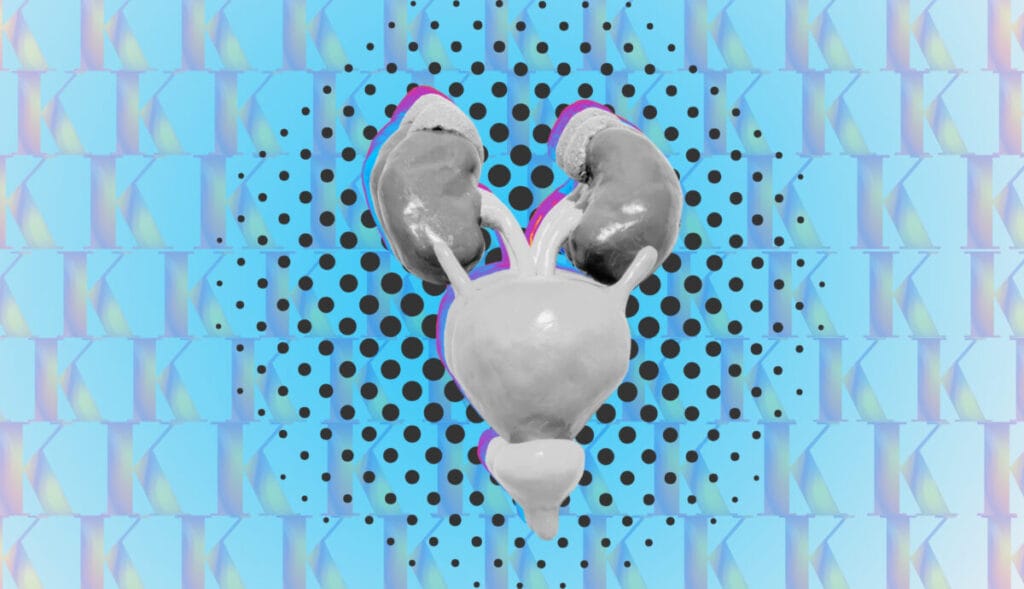
The Hidden Dangers of Ketamine Misuse
But the story of ketamine in 2024 isn’t all healing and happily ever afters for everyone who uses it. The scale of the harm from misuse has become so serious that hundreds on both sides of the Atlantic are undergoing therapy for addiction as ketamine support groups emerge for those who cannot afford rehab.
At a recent meeting in Oakland, California, attendees shared stories about the consequences of daily ketamine use: gastrointestinal pain, neuropathy, tingling in limbs and extremities, and leaky bladders. Tolerance to ketamine develops swiftly. In a short-sighted attempt to get around that, some people are “boofing” – rectally ingesting – several grams a day to get the hit that has become elusive nasally for them.
“Very little is known about how to recognize ketamine addiction,” says Brad Burge, founder of Integration Communications, a public relations agency serving the psychedelic industry, who was present at the well-attended meeting. He went because a friend of his recently died by suicide after more than two years struggling with pain likely caused by ketamine addiction.
Others are still living with the damage from misuse previously in their lives. Ryan was sniffing several grams a day at the height of his addiction.
“Robotripping and dissociation; it’s the ultimate escape. It was only when I moved back to my family home that I was saved.” Ketamine, at mid-to-high doses, he adds, brings about a more lucid and less warm experience than psilocybin or LSD. “It’s like getting lost in an emotional but placid sea of neuronal misfire.”
Ryan has lasting damage to his bladder as a result of ketamine overuse. So does Adam. “I did it every day for a few months years ago,” he says. “To this day I have ‘ket bladder’. I’ll go for a wee four times for every wee my mates have.”
The mental and spiritual strain of ketamine can range from hallucination persisting perception disorder, to being thrust unwillingly into “k-holes,” a dissociative ego-death realm.
“I felt like I was going to die,” Marie recalls. “I had seizure-like symptoms for about half an hour.” She and others did not know that many take ketamine purposefully to enter the k-hole for pleasure and enlightenment.
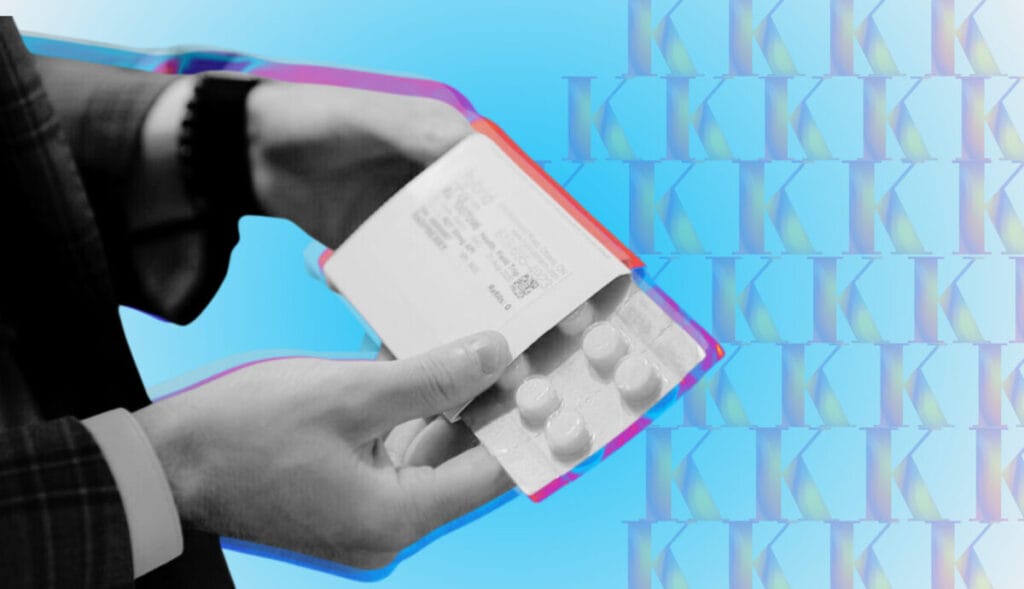
Growing Scrutiny On Take-Home Ketamine
Even lesser-known, in the enduring world of “just say no” public drug messaging, is the addictive potential of ketamine, “especially at-home ketamine use,” adds Burge.
The concerns over at-home ketamine use – for which a telehealth industry has sprung up to cater for, with slow release ketamine lozenges and prerecorded trip mixes – were blown wide open in late February when the former CEO of an at-home ketamine provider withdrew his support for at-home ketamine therapy after a female patient had a reported massive overdose and went into hypoxemic respiratory failure. It came after the death of Friends actor Matthew Perry, from “the acute effects of ketamine,” a few months earlier.
“After being at the forefront of at-home ketamine treatment, recent findings, like the case study of unintentional overdose via telehealth have led me to reevaluate,” Juan Pablo Cappello, the former CEO of Nue Life Health, tweeted. “I can no longer endorse ketamine’s prescription without stricter controls. Safety must come first.”

The Ethical Divide: Confronting Challenges in Therapeutic Practice
Some advocates of drug policy reform argue that reducing controls to accessing drugs like ketamine is the whole point – and that greater education and support from the companies purveying the lozenges should come before any knee-jerk legislative responses.
But with recreational and therapeutic use rising swiftly – bolstered by ads on social media and digital platforms from which at-home lozenges can easily be accessed – it seems like the emerging issues may only worsen, even if far more people experience ketamine’s benefits.
“There’s all sorts of ethical companies and practitioners who are doing the good work every day on the front lines, and we have to recognize that,” Cappello told Psychedelics Today in March. “We also have to be honest that it’s harder and harder for those ethical practitioners to make a living because of what unethical practitioners are doing every day in the trenches, which is slinging ketamine.”
In a letter advocating for standards that prioritize patient safety over profits – profits that seem to be fuelling the trajectory of the ketamine craze (both in the clinics and in the clubs) – Cappello proposed that those at the helm of industry have the power to safeguard the therapeutic potential of ketamine therapy for those in need.
“Do I think that it’s probably a good trade to take ketamine six times a year as opposed to taking an antidepressant every day? Yeah, that’s probably a good trade. But there’s a better trade, which is: let’s address the root cause of your depression, anxiety, or trauma once and for all.”
